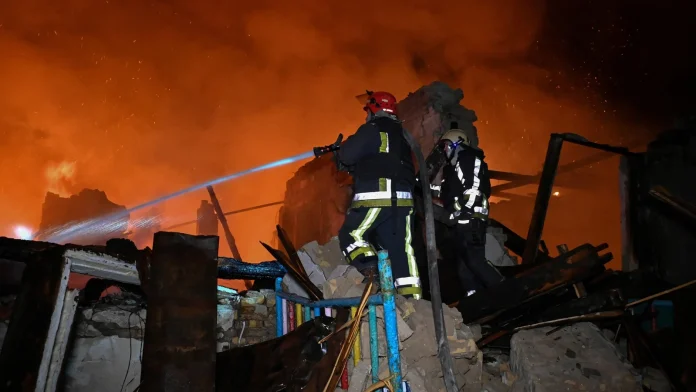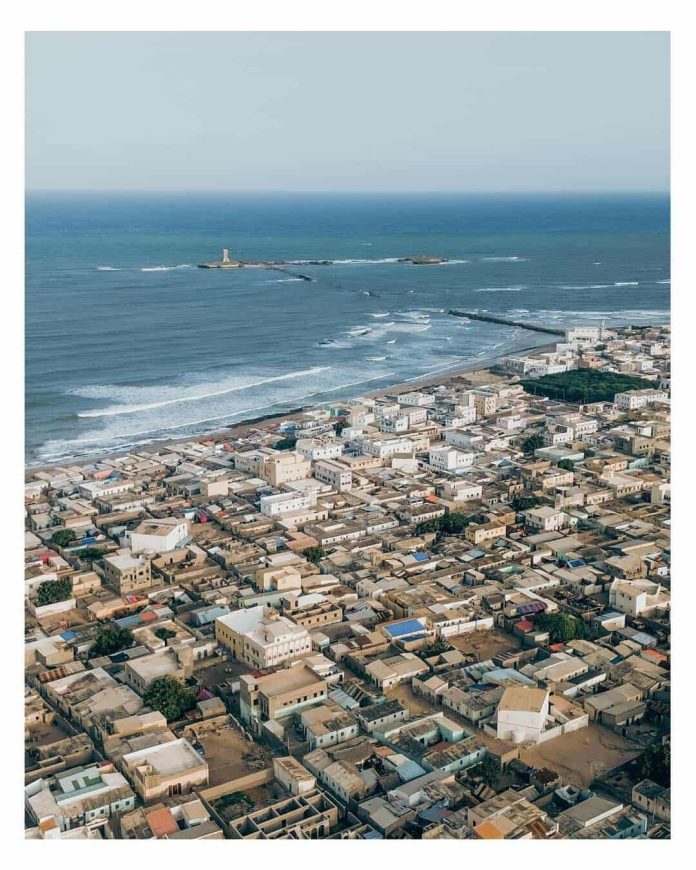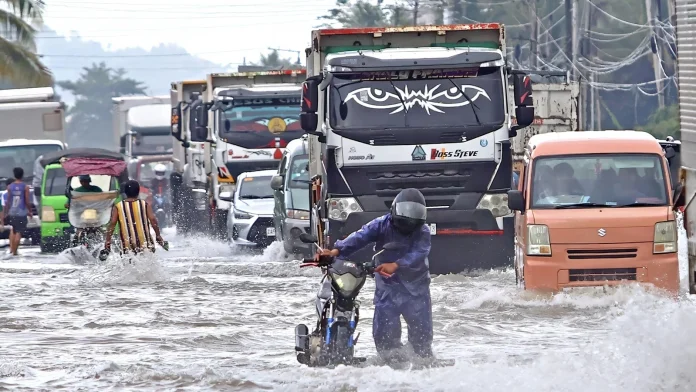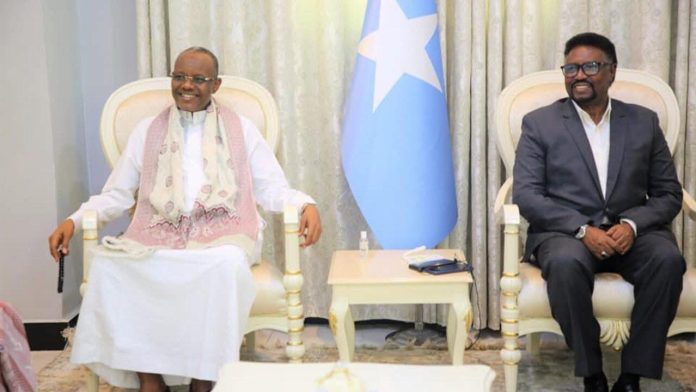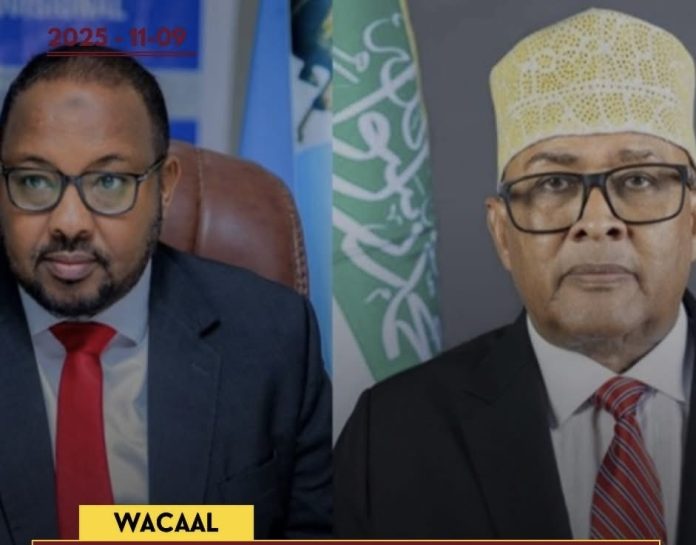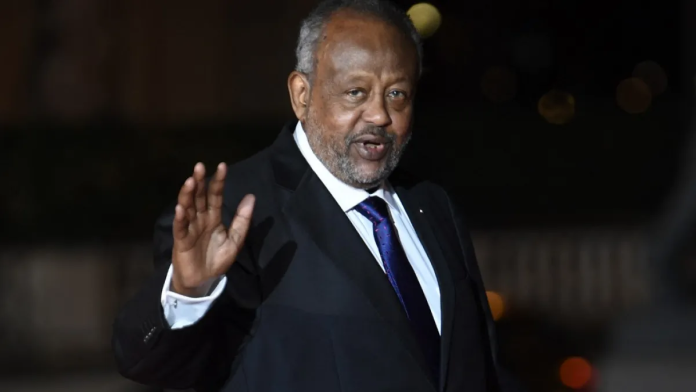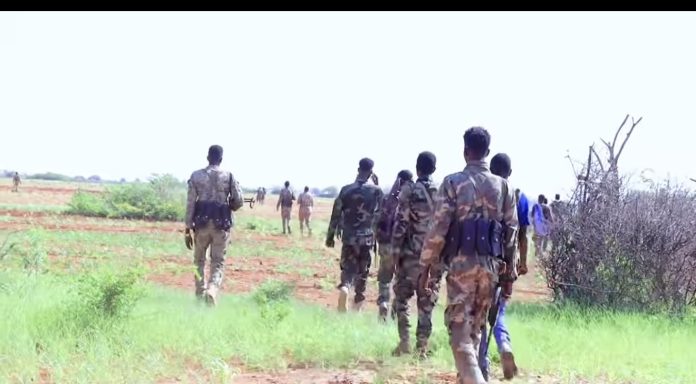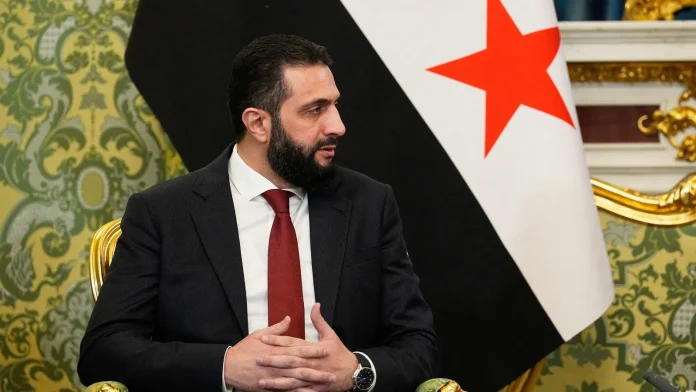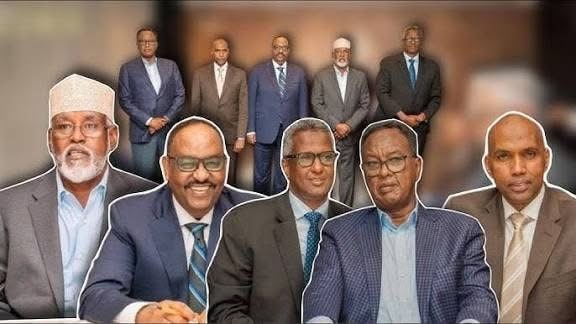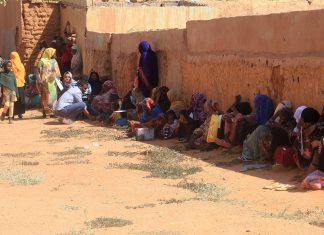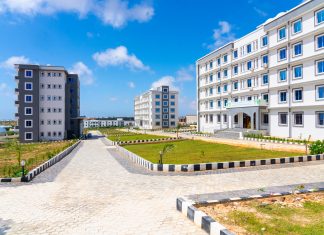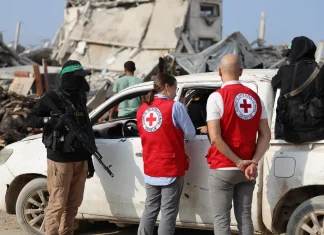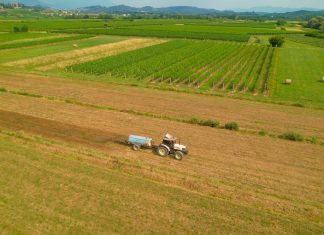Nightfall and the humming silence: Ukraine’s energy grid under siege
When the blackout came to Dnipro last night, it arrived like a held breath released. Streetlights winked out mid-conversation, kettles cooled on stoves, and somewhere in a nine-storey block a building groaned as a drone tore through concrete and glass. By morning, two people were dead, six wounded, and a jagged scar of rubble marked an otherwise ordinary apartment block.
“We woke to the smell of smoke and the sound of people shouting in the dark,” said Maria, 42, who has lived in Dnipro for two decades. “My neighbour’s door was smashed. We huddled under blankets and traded battery torches like treasures. It’s not just a building — it’s our lives laid bare.”
Numbers that won’t leave you alone
Ukrainian air force reports said Russian forces launched 458 drones and 45 missiles overnight; defenders say they shot down 406 drones and nine missiles. Those figures—while staggering—do not capture the human toll: interrupted water in Kharkiv, rolling power cuts in Kremenchuk, and the fear of homes growing cold as winter approaches.
Energy analysts in Kyiv warn the strikes are not random. Over months, Moscow has turned its fire toward the arteries of civilian life—power plants, gas facilities, railway depots—pieces of infrastructure that make ordinary routines possible. The consequence: a country one year into a long winter season, bracing for the prospect of heating outages.
Frontline facts that ripple across every home
The Kyiv School of Economics estimated that attacks have shuttered roughly half of Ukraine’s natural gas production capacity. Ukraine’s chief energy specialist, Oleksandr Kharchenko, has been blunt: if Kyiv’s two major heat-and-power plants were to go off-line for more than three days during a cold snap—when mercury plunges below -10°C—the result would be a “technological disaster.”
“We are not talking about inconvenience,” said Dr. Iryna Kovalenko, an energy policy scholar based in Kharkiv. “This is systems failure. Hospitals, schools, and apartment blocks rely on centralized heating and water pumps that run off electricity. Take out the energy, and the city stops being livable.”
On the ground: water buckets, bakeries, and the hum of restoration crews
In Kharkiv, the mayor reported a “noticeable shortage of electricity” as pumps faltered and taps ran dry. In Kremenchuk, local officials said electricity, water and partial heating were cut. In Odesa, authorities reported damage to an energy facility late on Friday, though initial statements suggested there were no fatalities.
At the edges of these cities, life goes on in stubborn, textured ways. A baker by the river in Kharkiv kept kneading dough by candlelight so she could sell hot bread in the morning. Municipal crews in Dnipro shifted from sweeping leaves to sifting through rubble; men and women in fluorescent vests and heavy boots became impromptu grief counsellors as much as rescue workers.
“We fix what we can,” said Oleksiy Kuleba, Ukraine’s restoration minister, in a short briefing. “The focus is on rapid restoration of heat, light and water.” It was a practical vow, the sort that must be kept by installing generators, re-routing power, and coaxing battered systems back to life.
Why the energy grid is a target — and what that means globally
Targeting civilian infrastructure has become a grim tactic of modern warfare. By striking energy hubs, attackers can achieve outsized disruption: emboldening front-line advances while also sowing chaos in rear areas. Those strikes affect not just Ukrainians but global markets and geopolitics. Europe watches anxiously as winter demand threatens to collide with diminished supply, and as countries weigh emergency stockpiles and contingency plans.
At home, Kyiv has responded in kind—stepping up attacks on Russian oil depots and refineries to constrict Moscow’s energy revenues. The tit-for-tat escalates an energy war within the larger conflict, demonstrating the strategic centrality of fuels and kilowatts on a battlefield that no longer fits the neat categories of soldier and civilian.
The reciprocal strikes
Last night’s exchanges included counterstrikes that reached deep into Russian territory. Regional governors in Volgograd and Saratov reported power disruptions and damage after Ukrainian drones reportedly hit energy infrastructure. In the northern Vologda region, three drones struck a substation; authorities said they were assessing damage but reported that supplies continued uninterrupted.
“There are no borders to this technology,” a local analyst in Moscow told a friend in Kyiv over the phone, as the two spoke of a conflict that now extends into regions hundreds of kilometres from the front line. “Wherever there is a node of energy, there is a target.”
Fighting for towns, fighting for hope: Pokrovsk, Kupiansk, and the human geography of war
Beyond infrastructure, the grinding, house-by-house battles continue. Russian forces said they advanced around Pokrovsk and Kupiansk; Kyiv acknowledged the fighting as fierce but insists Ukrainian units remain engaged across all contested towns. Open-source front-line maps show incremental Russian gains near Pokrovsk and Kupiansk, but not the encirclement Moscow’s Defense Ministry has claimed.
In Pokrovsk, a town where the battle has raged for more than a year, residents speak of daily life in fragments—school sessions by rotation, markets open in bursts, and the constant calculation of whether it’s safe to walk a child to kindergarten.
“You learn to parse the sounds,” a mother of two told me, her voice low. “A far-off boom means the children stay in the basement. A close one means goodbye to plans. You make tea in a thermos just in case the lights go.” Her eyes were pragmatic, tired, full of something like endurance.
Small villages, big consequences
Russia reported seizing Vovche, a tiny village listed as having just 13 residents in Ukraine’s 2001 census. Whether symbolic or strategic, such captures point to the micro-geographies of war: tiny settlements that matter because of roads, railways, or the moral map of occupation and resistance.
For families in these places the math is simple and brutal: lose the power and you lose the water pump; lose the water pump and you lose sanitation; lose sanitation and health crises follow. Then winter makes everything sharper and far less forgiving.
Questions to sit with
So where does a country find the buffers to withstand attacks on its lifelines? How do cities redesign systems that are both efficient and resilient to sustained assault? And perhaps most important: what are the human costs we are willing to accept in geopolitics that prize energy as leverage?
These are not questions for engineers alone. They are for policymakers, neighbors, and the international community that watches from afar, sometimes with sympathy, sometimes with strategy. The coming months will test not just infrastructure but a society’s capacity for care—how quickly it can regroup, repair, and rewarm homes and hearts.
What can be done right now
- Accelerate repairs to critical pipelines and plants with international technical aid.
- Prioritise power to hospitals, water stations and heating plants during outages.
- Establish community warming centres stocked with supplies in cities at risk.
- Expand diplomatic pressure and sanctions aimed at protecting civilian infrastructure under international law.
Final image
As night fell again across Ukrainian towns, municipal crews worked under portable lights. People passed on blankets and boiled chia seeds over camping stoves. Children drew by torchlight. In a country that has faced bombs, blackouts and bitter cold, there remains a stubborn warmth: the human impulse to share what little you have. That, perhaps, will be as vital as any generator when the temperature dives and the power lines are down. What would you do if the lights went out in your town tonight?


